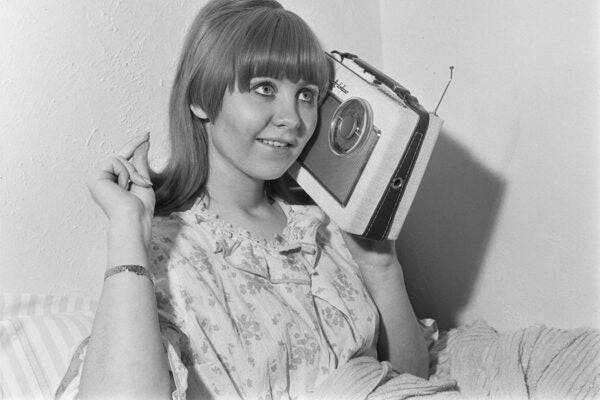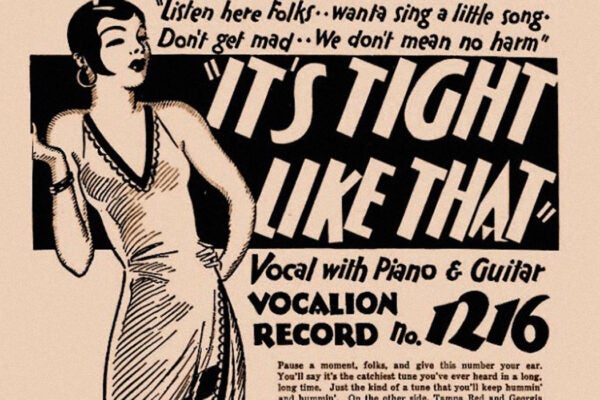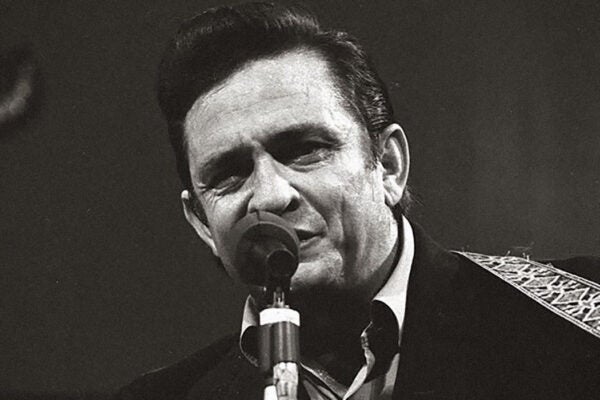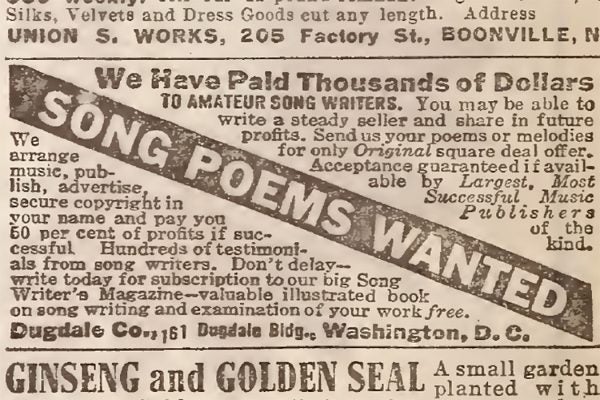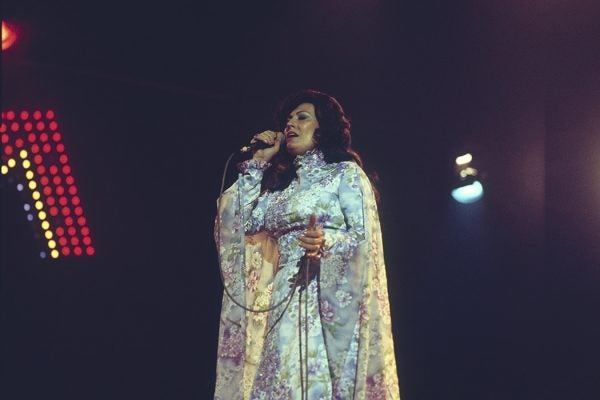Music Only for a Woman: The Birth of Easy Listening
A 1970s radio format geared towards the "feminine psyche" featured musical rearrangements with softer and gentler styles of the day's hits.
“It’s Tight Like That”
A "dirty" song recorded by Georgia Tom and Tampa Red in 1928 launched the "hokum" blues.
The Debtor’s Blues: Music and Forced Labor
Debt peonage is often associated with agricultural labor, but in the early twentieth century, Black musicians found themselves trapped in its exploitative cycle.
Mae West and Camp
A camp diva, a queer icon, and a model of feminism—the memorable Mae West left behind a complicated legacy, on and off the stage.
Mills Panoram and Soundies
In the 1940s, these short films set to music transgressed Hollywood’s racial mythology to create space for Black artists to experiment—and have fun.
Far From Folsom Prison: More to Music Inside
Johnny Cash wasn't the only superstar to play in prisons. Music, initially allowed as worship, came to be seen as a rockin' tool of rehabilitation.
We’re Going to Need a Bigger Note
Song sharks have been a problem for aspiring lyricists nearly as long as there’s been a music industry.
Loretta Lynn: More than a Great Songwriter
A spokeswoman for white, rural, working-class women, Loretta Lynn used music to articulate the fears, dreams, and anger of women living in a patriarchal society.
Bugs Bunny Scholarship Is a Wascally Wesearch Wabbit Hole
In this edition of Research Rabbit Hole, we dig up scholarship about what one academic calls "the signifying rabbit."
Women, Men, and Classical Music
As more women embraced music as a profession, more men became worried that the world of the orchestra was losing its masculinity.
